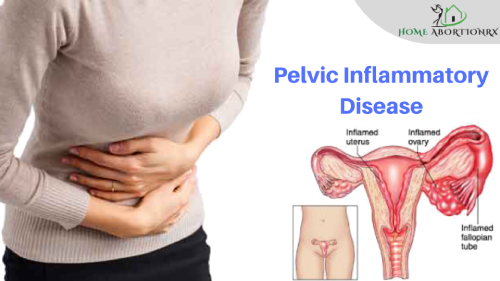
More than a million women every year become a victim of Pelvic Inflammatory disease, yet it is one of the diseases less known to women. Pelvic Inflammatory Disease is STI which causes infection to the uterus/fallopian tubes/ ovaries.
What is Pelvic Inflammatory Disease?
Your vagina typically has particular bacterias which keep the vagina healthy. However, certain harmful bacterias could enter your cervix through the vagina and get into other parts of the body. This results in serious health concerns, primarily chronic pain & difficulties in conceiving. STIs such as chlamydia and gonorrhea are the primary reason one can get affected by Pelvic Inflammatory Disease. If you wish to cure such infections, you could treat it with the help of antibiotics. That being said, many women fail to understand the symptoms of such STI problems and hence do not treat the problem either. Though the disease could have a serious impact on the body, PID or even chlamydia and gonorrhea are not a popular term in women for their reproductive health. Hence, it is important that women get tested for Pelvic Inflammatory Disease.
Following are the symptoms of Pelvic Inflammatory Disease:
Many a time, the woman does not observe the symptoms of the disease, especially at an early stage. The mild nature of symptoms could be the main reason behind it. As the infections increase the symptoms of PID start showing and get worse.
Long, heavy menstruation with pain the abdomen area
Pain in the stomach
Fatigue
Fever
Foul smelled discharge
Painful sexual intercourse
You should consult the nearest clinic or your healthcare provider to get your PID treated at the earliest.
Pregnancy during pelvic inflammatory disease can increase complications. Such women can develop an ectopic pregnancy. While long term PID can lead to serious
You can mitigate the chances of Pelvic inflammatory disease through the following simple tips:
Get tested for STDs
Get treatment for STDs such as Chlamydia and Gonorrhea at the earliest.
Use protection while having sexual intercourse. ( condoms)
Avoid douching
If you followed the precaution given above, you can certainly lower the risks of getting PID problems. Your partner must also start PID treatment as most of the time the cause of transmission through sexual contact.
However, women should note that pelvic inflammatory disease can occur in women without an STI. Hence, watch out for its symptoms and get treatment as soon as possible.